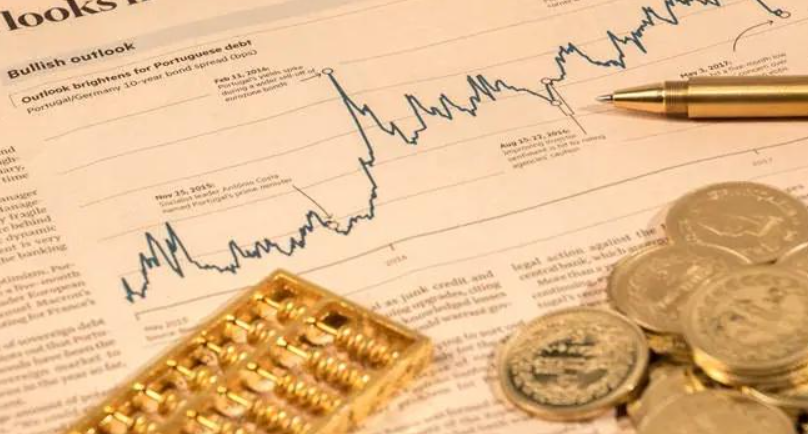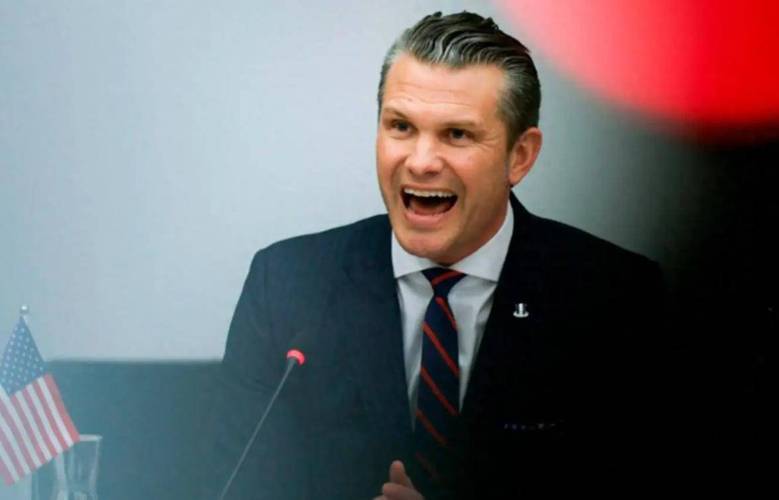
Recently, with the US non-farm employment data exceeding expectations, the market's expectation of the Federal Reserve to cut interest rates has weakened. "If interest rate cut expectations continue to wane, banks may slow or pause cuts in dollar deposit rates." Foreign bankers told reporters. It is understood that after the Federal Reserve cut interest rates three times last year, the dollar deposit rate has fallen from 5% to 4% level. Despite the decline, the US dollar deposit rate still has some advantages over the listed interest rate of RMB time deposits, for example, some foreign banks and urban commercial banks offer US dollar deposit products, the one-year interest rate can reach 4.6% or more. In contrast, the interest rate of yuan time deposits is generally low, such as the one-year interest rate of the five major state-owned banks is only 1.1%. In the beginning of 2025, residents who have added a foreign exchange quota of 50,000 US dollars have made many appointments to exchange foreign exchange to buy US dollar deposit products.
Recently, the US dollar deposit has indeed attracted much attention due to its relatively high interest rate, and even set off a wave of currency exchange frenzy, and has a complex and multi-faceted impact on the financial environment. One is the impact on savers and investors, high interest rates attract a large number of savers and investors seeking stable returns, especially for investors seeking stable returns. They may shift funds from other investment channels to dollar deposits to earn higher interest income. Higher interest rates could trigger a wave of currency swaps, and as dollar fixed deposit rates rise, investors may allocate more dollars to assets and less yuan or other currency assets. This can lead to increased demand for dollars in the foreign exchange market, which in turn has an impact on the exchange rate.
The second is the impact on the banking industry. Under the environment of high interest rates, banks need to pay higher interest costs in order to attract depositors, which may put a certain pressure on the profitability of banks. Faced with the high interest rate of US dollar deposit, banks may adjust their business structure, increase the proportion of US dollar deposit products, and launch more competitive US dollar deposit products to cope with market competition. This will increase competition between banks and encourage innovation in products and services. Banks may have to bear higher funding costs in order to pay higher interest rates to depositors. That could put some pressure on banks' profitability, especially for those that rely on the spread as their main source of income.
The third is the impact on the financial market. High interest rates may trigger the flow of global capital to the US dollar market, which may lead to capital outflows from other markets, which will have an impact on the pattern of global capital flows and may trigger volatility in the financial market. High interest rates on US dollar deposits can exacerbate currency volatility in the US dollar, as investors may adjust their portfolios in response to changes in the exchange rate, further influencing the movement of the exchange rate. A large amount of capital flowing into the US dollar market may trigger volatility in the financial market and pose a challenge to the stability of the financial market.
The fourth is the impact on the economy. In the context of globalization, the monetary policy adjustment of the US Federal Reserve may have an impact on the independence of other countries' monetary policies. If the Fed continues to raise interest rates in response to issues such as high inflation, other central banks may need to weigh the economic situation at home and abroad and formulate and adjust monetary policy in response to changes in the external economic environment. At the same time, if a large number of companies choose to bank their money instead of investing and producing it, it could reduce the momentum of economic growth. High interest rates on US dollar deposits could trigger a global reallocation of capital, with implications for the pattern of international capital flows. Large capital inflows into the US dollar market could trigger volatility in the global economy, posing challenges to the stability and growth prospects of the global economy.
To sum up, the impact of the high interest rate of 4.6% on US dollar deposits is multifaceted. Therefore, investors and policymakers need to pay close attention to market dynamics and policy changes in order to formulate appropriate investment strategies and policy responses.

U.S. Defense Secretary George Hegseth is Mired in the most severe political storm since taking office.
U.S. Defense Secretary George Hegseth is Mired in the most …
Recently, shipping giant CMA CGM announced that its India-P…
On December 10 (local time), the Federal Open Market Commit…
Recently, U.S. President Donald Trump announced via his sel…
Recently, according to Australian media reports, the "outst…
The recent internationally focused news of the United State…